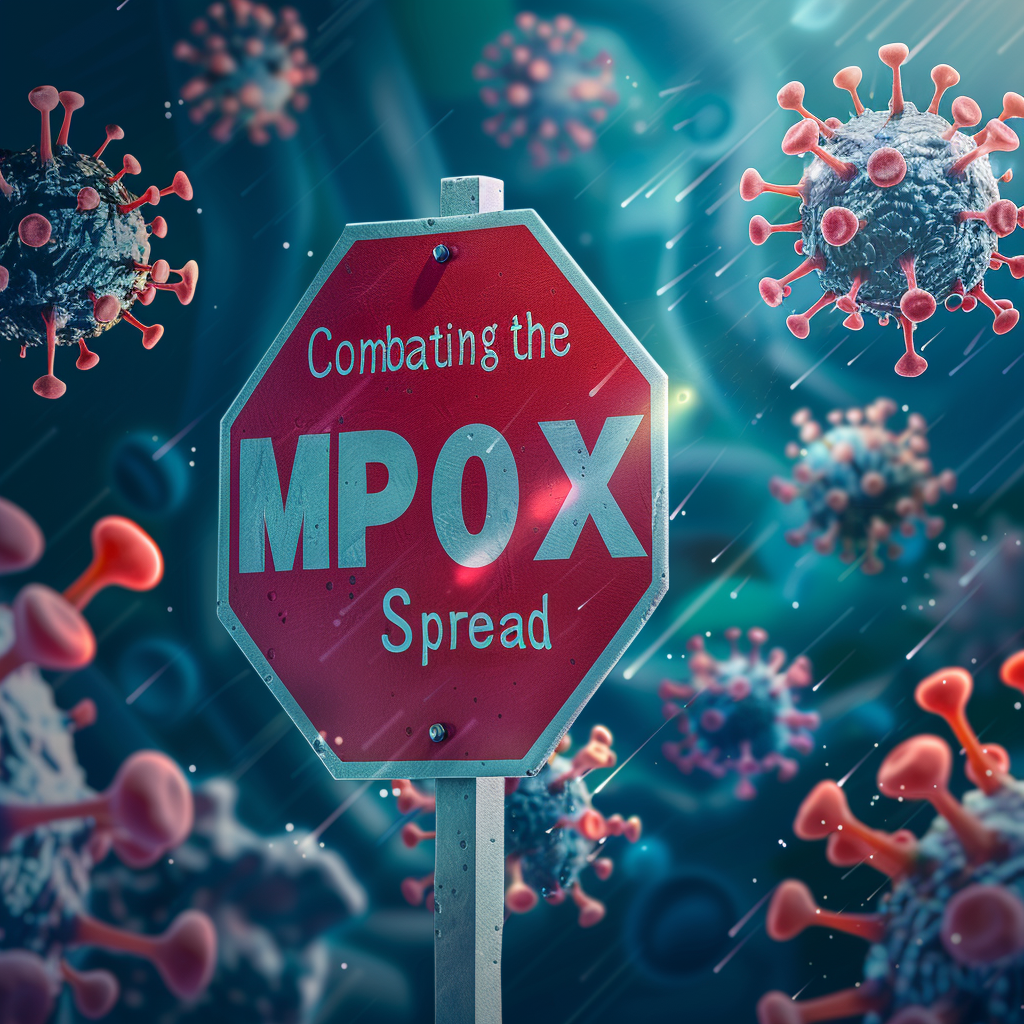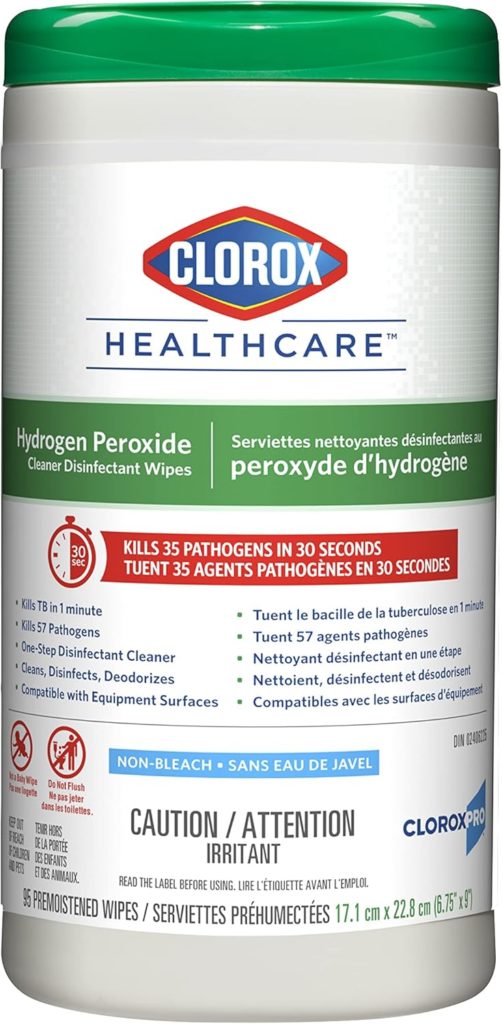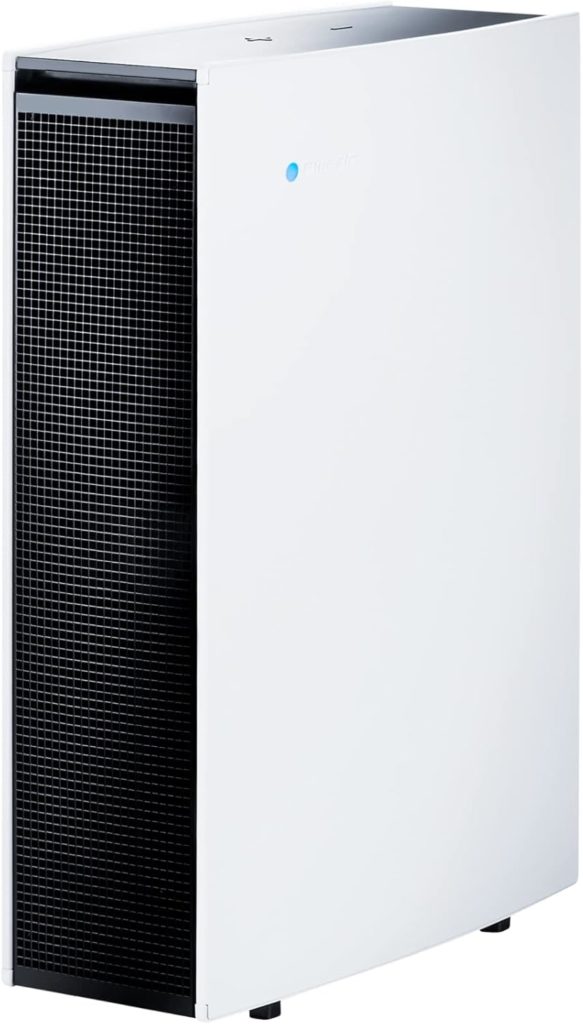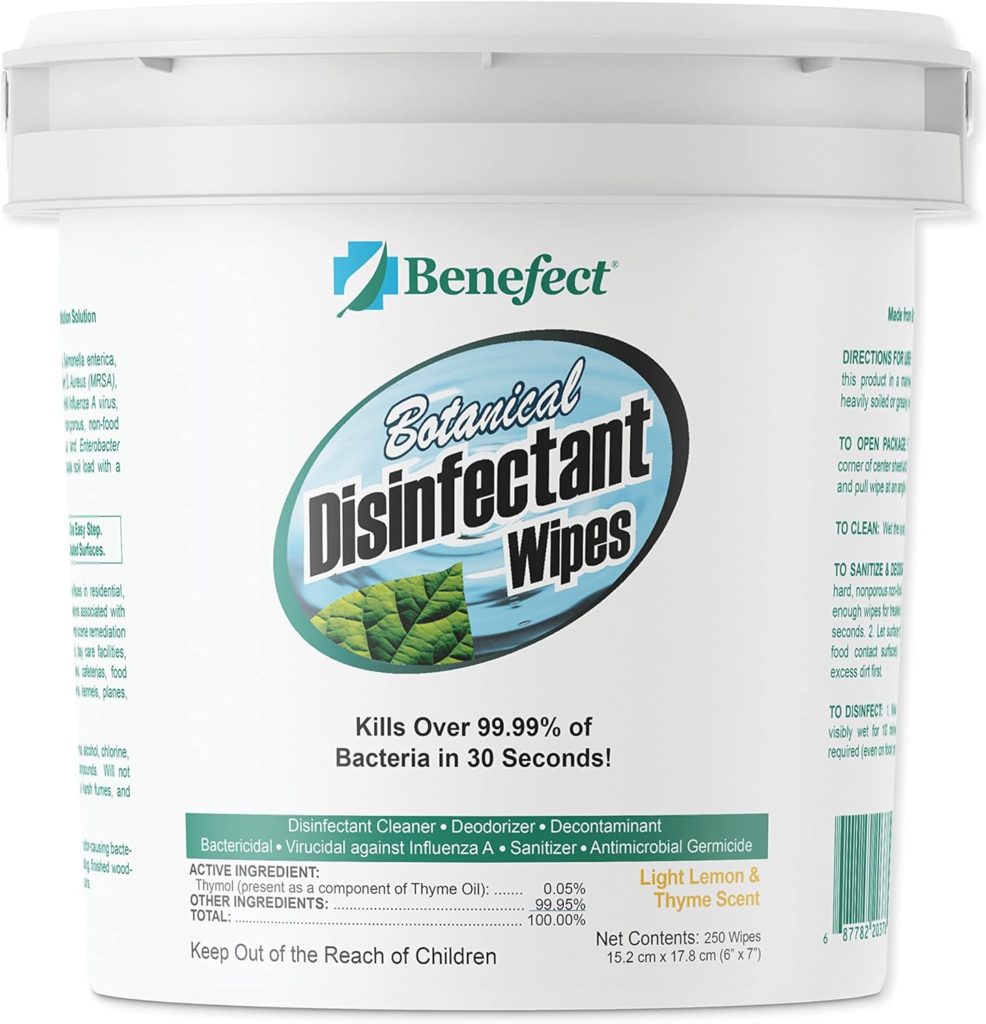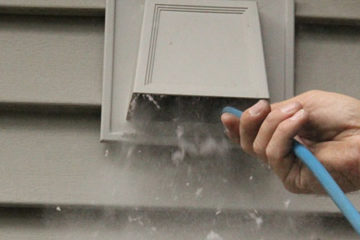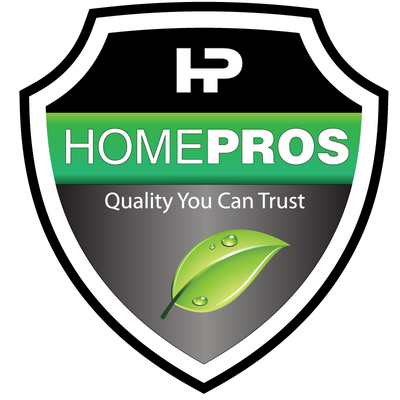In the face of emerging infectious diseases, the importance of effective disinfectants has never been more evident. Among the various public health concerns, Mpox (formerly known as monkeypox) has gained attention due to its ability to spread through multiple transmission routes, including direct contact with skin lesions, respiratory droplets, and contaminated surfaces. As the world continues to grapple with viral outbreaks, understanding and implementing the right disinfection strategies is crucial to controlling the spread of Mpox and other similar pathogens.
Transmission of Mpox: An Overview
Mpox is primarily transmitted through direct contact with an infected person’s skin lesions or body fluids. Respiratory droplets, though less commonly a transmission route, can also spread the virus during prolonged close contact. Additionally, surfaces and objects that have come into contact with the virus can serve as indirect vectors, making thorough sanitation a key preventive measure.
Given these varied transmission methods, the need for reliable and effective disinfection practices is paramount, especially in environments where close contact with infected individuals or contaminated materials is possible. This is where the role of commercial disinfectants becomes critical in breaking the chain of infection.
Disinfecting Surfaces: The First Line of Defense
Disinfecting surfaces plays a pivotal role in preventing the indirect transmission of Mpox. Products like Clorox Healthcare® Hydrogen Peroxide Cleaner Disinfectant and Lysol® Brand Disinfectant Spray are highly effective against a broad spectrum of pathogens, including viruses similar to Mpox. These products are designed to kill viruses on contact, ensuring that surfaces in homes, healthcare settings, and public spaces are safe to touch.
However, not all disinfectants are created equal. The choice of product, the correct application, and adherence to recommended contact times are critical to achieving the desired level of disinfection. For instance, products like Sani-Cloth® Prime Germicidal Disposable Wipes and Oxivir® Tb are favoured in healthcare settings due to their proven efficacy and ease of use. These disinfectants, which contain quaternary ammonium compounds or accelerated hydrogen peroxide, offer fast kill times and broad-spectrum action against viruses, bacteria, and fungi.
Addressing Airborne Concerns with HEPA Filtration When Combating the Spread of Mpox
While direct contact with contaminated surfaces is a significant risk, airborne transmission of Mpox, though less common, cannot be ignored. HEPA (High-Efficiency Particulate Air) filters provide an additional layer of protection by capturing respiratory droplets that may carry the virus. While not a standalone solution, HEPA filtration can enhance air quality and reduce the concentration of airborne particles in indoor environments, making it a valuable tool in settings where prolonged close contact occurs, such as healthcare facilities and shared living spaces.
The Role of Fogging in Comprehensive Sanitization
Fogging with an appropriate disinfectant is another method gaining traction in the fight against Mpox. This technique allows for the rapid and thorough disinfection of large areas, ensuring that even hard-to-reach surfaces are treated. For environments with high traffic or where contamination is suspected, fogging can complement routine cleaning and disinfection protocols. However, it is essential to use a disinfectant proven to be effective against viruses like Mpox and to follow the manufacturer’s instructions for safe and effective application. Call us for a free estimate in the Greater Edmonton Area
Benefect: A Safe and Effective Solution
For those seeking a non-toxic, eco-friendly option, Benefect Disinfectant stands out. Utilizing thymol, a natural compound derived from thyme oil, Benefect provides powerful disinfection without the harmful chemicals found in many traditional products. It’s particularly relevant today as more people are concerned about the safety of disinfectants around children, pets, and sensitive individuals. EPA-registered and effective against a wide range of pathogens, Benefect is a prime example of how natural ingredients can offer strong protection without compromising safety.
The Relevance of Disinfection Today
As the world continues to face new and evolving viral threats, the importance of disinfection cannot be overstated. Products like Benefect, Lysol, and Oxivir, combined with strategies like HEPA filtration and fogging, are not just relevant but essential in today’s public health landscape. Whether in homes, healthcare settings, or public spaces, the right disinfection practices can significantly reduce the risk of transmission and help protect against the spread of Mpox and other infectious diseases.
In conclusion, as we navigate the challenges posed by emerging viruses, adopting comprehensive disinfection strategies is critical. The combination of effective surface disinfectants, air filtration, and advanced methods like fogging can provide robust protection against the spread of Mpox, making these practices more relevant today than ever before. As public awareness and demand for safer, more effective disinfectants grow, products like Benefect lead the way in offering solutions that are both powerful and people-friendly.
For more detailed and up-to-date information on Mpox (formerly known as monkeypox), here are a few reliable resources:
- Centers for Disease Control and Prevention (CDC): The CDC provides comprehensive information on Mpox, including how it spreads, symptoms, prevention strategies, and treatment options. It’s a valuable resource for both the general public and healthcare professionals. Visit CDC’s Mpox Information Page (CDC).
- World Health Organization (WHO): The WHO offers global insights into Mpox, including the latest on outbreaks, transmission methods, and public health guidelines. It’s especially useful for understanding the international response to Mpox. Visit WHO’s Mpox Page (World Health Organization (WHO)
